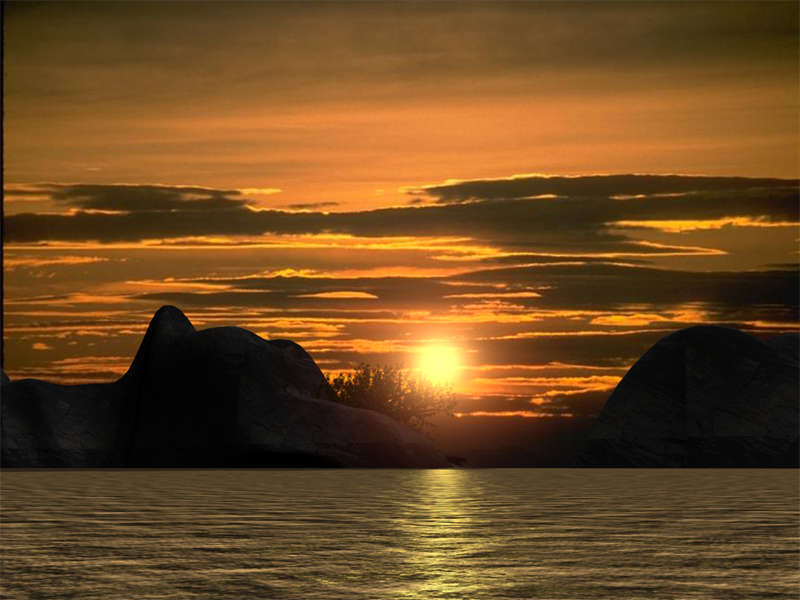Carnival of Space #310 at the Chandra Blog
It's the height of summer here in the Northern Hemisphere, so that means there isn't a better time for the Carnival (of Space, that is)!

Image Credit: Rrinsindika, Wikimedia Commons (Creative Commons)
On CNN World, they have an interesting story where science fiction -- specifically Star Trek -- just may be onto something that could one day become science fact. Remember all of those deflector shields the Enterprise gets to use? What if it's possible to build a similar shield for astronauts traveling to Mars?
The Urban Astronomer has an excellent synopsis on the new results from the Interstellar Boundary Explorer, or IBEX. This NASA mission gathered new data on the Solar System's tail (think a comet's tail versus a dog's.)

Here on the Chandra blog, we have a new look at an old friend: NGC 2392, a.k.a. the Eskimo Nebula. This object represents what our Sun might look like when it runs out hydrogen in its core – about 5 billion years from now.
The blog for the traveling "Here, There, and Everywhere" project gives an account of the exhibit's latest stop at the Springfield-Greene County Library District in Missouri.
Over on Exploring the Universe, there is an article about music inspired by astronomy, with specific examples you can watch and listen to.
At the Venus Transit, they give a heads up about an upcoming shot of Earth that the Cassini spacecraft will take while Saturn is temporarily blocking the Sun. This will be the second time NASA has tried this (the first being back in 2006) and it will be interesting to see if there are any differences between the two.
The Meridian Journal summarizes NASA's plans for the next Mars rover, which was announced last week during a press conference. Things are still early, but NASA is targeting a Curiosity-style rover with new and improved instruments to launch around 2020.
Universe Today reports on Ukrainian amateur astronomer Gennady Borisov who discovered a brand new comet on July 8, during a star party. The comet was confirmed and officially christened C/2013 N4 (Borisov).
The Next Big Thing chronicles what has been reported to have caused the crash of a rocket carrying three satellites for Russia's GPS system a couple of weeks ago.
Finally, at Links Through Space, they provide coverage of the updates for the "Science Vision for European Astronomy" plan that was first released in 2007. Now, six years later, find out where things are heading.
-Megan Watzke & Kim Arcand, CXC
